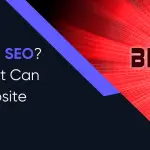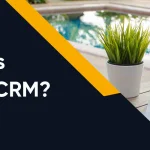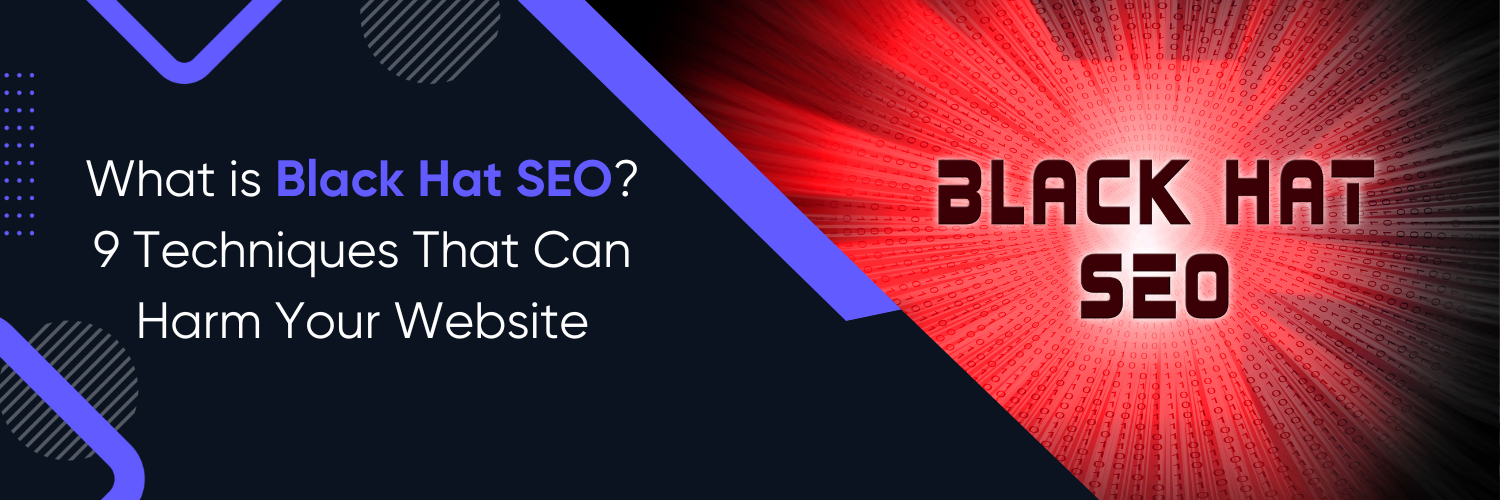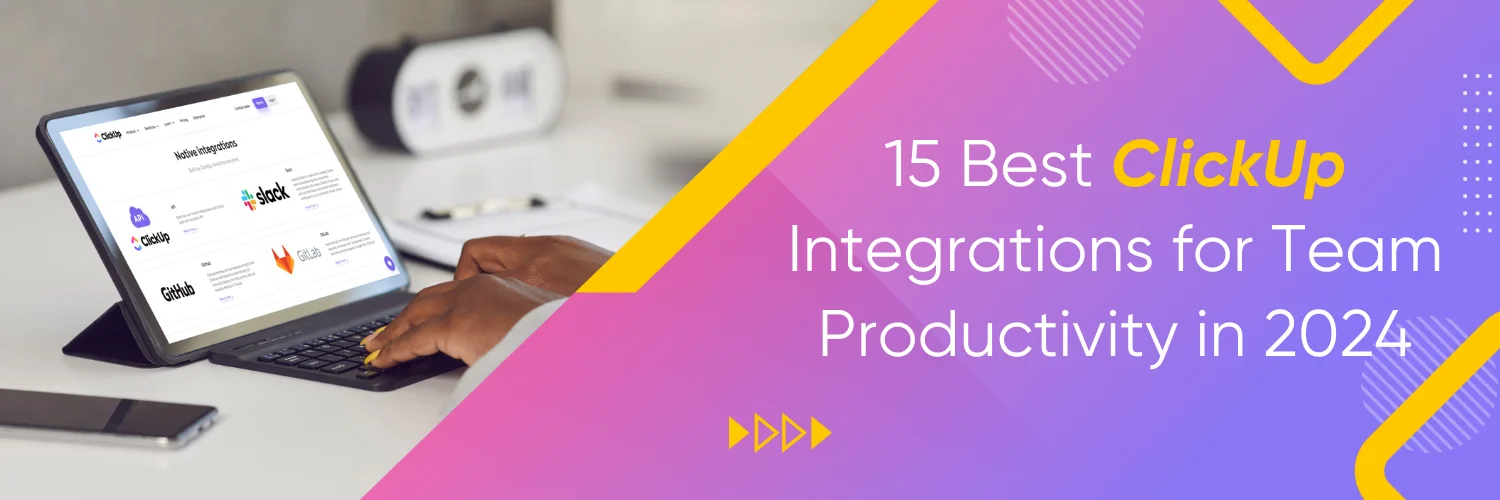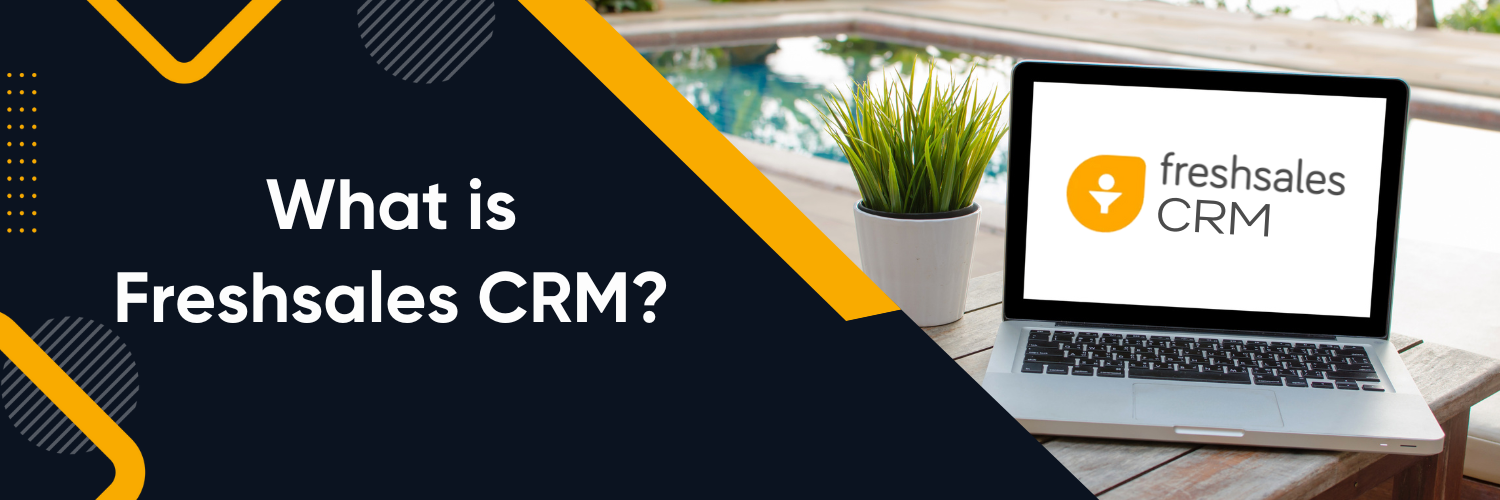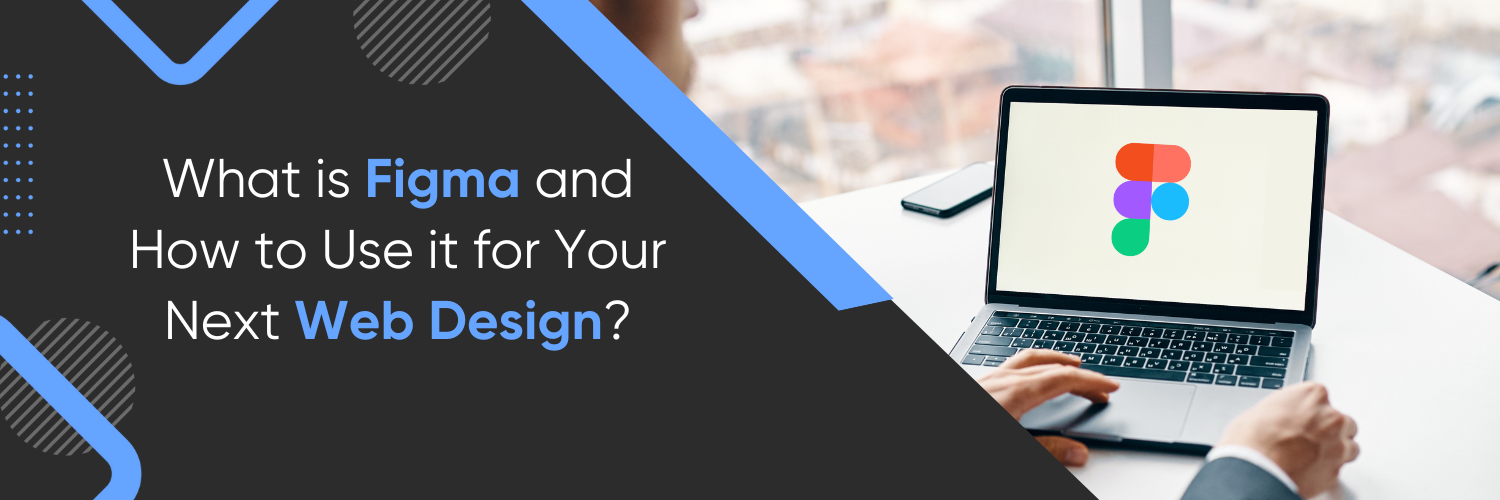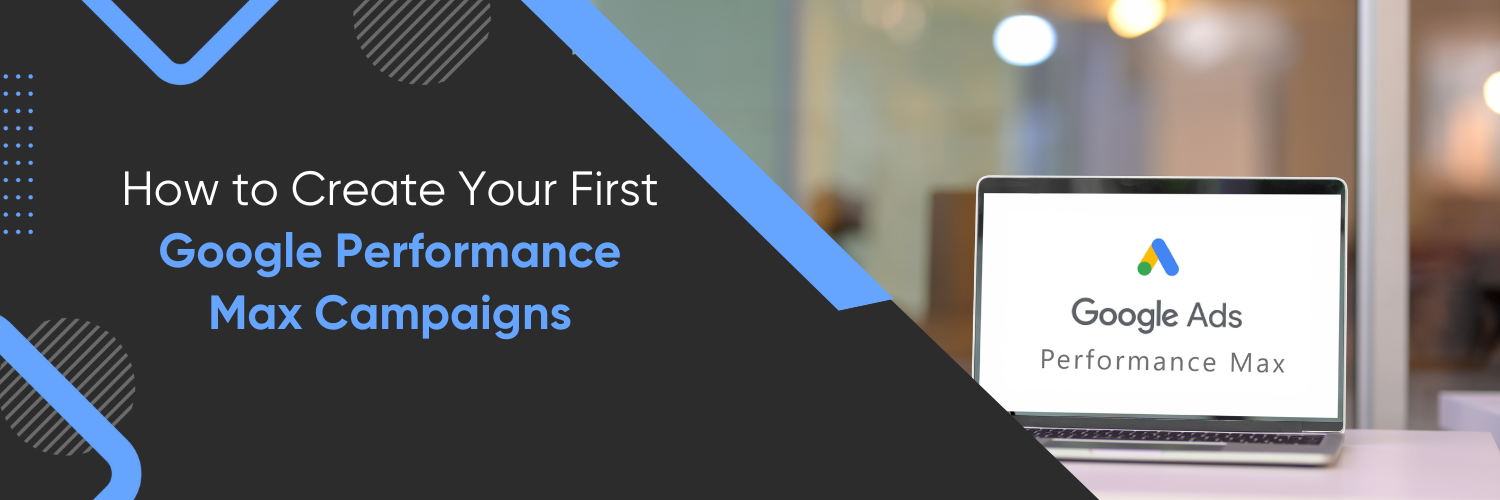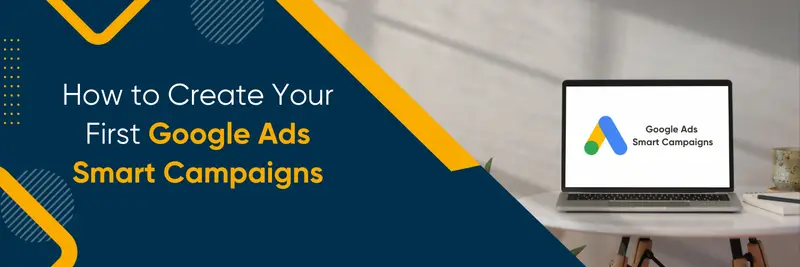The Importance of Lead Generation for Small Businesses

In today’s competitive business landscape, lead generation has become a critical aspect of driving growth and success for small businesses. Lead generation refers to the process of identifying and attracting potential customers who have shown interest in a product or service, with the ultimate goal of converting them into paying customers. It serves as the foundation for building a strong customer base and nurturing valuable relationships.
Lead generation holds immense significance for small businesses. By consistently generating high-quality leads, small businesses can increase their chances of converting prospects into loyal customers. Moreover, effective lead generation helps businesses optimize their marketing efforts, reduce customer acquisition costs, and improve overall revenue generation.
What is Lead Generation?

Lead generation is the process of identifying and attracting potential customers, known as leads, who have shown interest in a product or service offered by a business. It involves capturing their contact information and nurturing them through the sales funnel with the goal of converting them into paying customers. Lead generation is of utmost importance for small businesses as it serves as the foundation for building a strong customer base and nurturing valuable relationships.
Lead generation holds immense significance for small businesses. By consistently generating high-quality leads, small businesses can increase their chances of converting prospects into loyal customers. This, in turn, leads to improved sales, revenue growth, and overall business success. Effective lead generation allows small businesses to optimize their marketing efforts and resources by focusing on individuals who have already shown interest in their offerings. This helps in reducing customer acquisition costs and improving the return on investment for marketing campaigns.
How Lead Generation Strategy Differs for Small Businesses

Lead generation strategies for small businesses often differ from those employed by larger enterprises due to various factors such as limited resources, budgets, and brand recognition. Small businesses typically have tighter budgets and fewer resources to allocate to lead generation activities. Therefore, they need to find cost-effective and efficient strategies that align with their capabilities.
Additionally, small businesses often have a smaller target market and a more localized focus. They cater to specific geographic areas or niche markets. This localized focus allows small businesses to adopt more targeted and personalized approaches to reach and engage their potential customers. They can leverage community involvement, local partnerships, and targeted advertising to effectively connect with their target audience.
Another aspect that sets lead generation for small businesses apart is the need for a more hands-on approach. Small business owners are often directly involved in the lead generation process and have a closer relationship with their customers. This personal touch can be a significant advantage in building trust and establishing lasting customer connections.
Common Challenges Faced by Small Businesses in Lead Generation
- Lack of brand awareness and visibility
- Limited marketing budgets and resources
- Lack of expertise and knowledge in lead generation techniques
- Difficulty in identifying and prioritizing high-quality leads
- Challenges in effectively nurturing leads throughout the customer journey
- Adoption of targeted and efficient lead generation approaches
- Leveraging unique strengths
- Staying up-to-date with latest trends and techniques in lead generation
Top Lead Generation Trends for Small Businesses

Trend #1: Content Marketing for Lead Generation
Content marketing plays a crucial role in generating leads for small businesses. By creating and distributing valuable, relevant, and informative content, businesses can attract and engage their target audience, ultimately converting them into leads. Here are some steps to effectively utilize content marketing for lead generation:
- Identify your target audience: Understand the demographics, interests, and pain points of your ideal customers. This knowledge will help you create content that resonates with them.
- Develop compelling content: Create high-quality content that educates, entertains, or solves problems for your audience. This can include blog posts, videos, infographics, e-books, or podcasts. Ensure that your content is well-researched, engaging, and offers value to your target audience.
- Optimize for search engines: Conduct keyword research and optimize your content to improve its visibility in search engine results. Use relevant keywords in your headlines, meta descriptions, and throughout the content to attract organic traffic.
- Offer valuable lead magnets: Create downloadable resources, such as e-books, whitepapers, checklists, or templates, that provide additional value to your audience. Offer these resources in exchange for their contact information, effectively capturing leads.
- Promote your content: Share your content through various channels, including social media platforms, email newsletters, guest posting on relevant websites, or participating in industry forums. Amplify its reach and attract potential leads by leveraging your existing network and reaching out to influencers or industry experts for collaborations.
- Capture and nurture leads: Implement lead capture forms on your website or dedicated landing pages to capture the contact information of interested prospects. Use email marketing to nurture these leads and provide them with relevant, personalized content that guides them through the buyer’s journey.
Trend #2: Social Media Marketing for Lead Generation

Social media platforms provide a vast opportunity for small businesses to generate leads. Here’s how you can effectively leverage social media for lead generation:
- Choose the right platforms: Identify the social media platforms where your target audience is most active and establish a presence on those channels. This could include platforms such as Facebook, Instagram, Twitter, LinkedIn, or Pinterest.
- Develop a content strategy: Plan and create engaging content that resonates with your audience. Mix informative posts, entertaining visuals, customer testimonials, behind-the-scenes glimpses, and promotions to capture attention and generate interest.
- Optimize your profiles: Ensure your social media profiles are complete, visually appealing, and provide clear information about your business and offerings. Include links to your website or dedicated landing pages where prospects can learn more or provide their contact information.
- Use targeted advertising: Take advantage of the targeting options offered by social media platforms to reach your desired audience. Utilize demographic, interest-based, or custom audience targeting to maximize lead generation efforts and ensure your content is seen by those most likely to be interested in your products or services.
- Run contests and giveaways: Encourage audience participation and engagement by organizing contests or giveaways that require participants to provide their contact information. This approach not only helps capture leads but also creates excitement and buzz around your brand.
- Engage with your audience: Respond to comments, messages, and inquiries promptly to build rapport with your audience. Actively engage in conversations, ask questions, and encourage feedback to foster relationships that can lead to conversions.
Trend #3: Influencer Marketing for Lead Generation

Influencer marketing involves partnering with influential individuals in your industry or niche to promote your products or services to their engaged audience. Here’s how small businesses can utilize influencer marketing for lead generation:
- Identify relevant influencers: Research and identify influencers who align with your target audience and have an engaged following. Consider factors such as their expertise, credibility, reach, and engagement rates. Look for influencers who have an active and engaged audience that matches your ideal customer profile.
- Establish partnerships: Reach out to the identified influencers and propose mutually beneficial collaborations. Clearly communicate why partnering with your business will benefit them and their audience. Offer compelling reasons why they should promote your business, such as exclusive discounts, early access to products, or unique content.
- Co-create content: Collaborate with influencers to develop content that showcases your products or services in an authentic and compelling manner. This can include sponsored blog posts, social media endorsements, product reviews, or influencer-hosted events. Ensure that the content aligns with both the influencer’s style and your brand’s messaging.
- Track and measure results: Monitor the performance of your influencer campaigns using specific metrics, such as click-through rates, conversions, and engagement. Adjust your strategies based on the insights gained from the campaign’s performance. Consider using specialized influencer marketing platforms or affiliate tracking systems to accurately measure the impact of influencer collaborations on lead generation.
Trend #4: Personalization and Customer Segmentation

Personalization and customer segmentation are key strategies for effective lead generation. By tailoring your marketing messages and offerings to specific segments of your target audience, you can enhance engagement and conversion rates. Here’s how small businesses can leverage personalization and customer segmentation for lead generation:
- Understand your target audience: Conduct market research and gather data to gain insights into your audience’s preferences, pain points, and buying behavior. Use these insights to create detailed buyer personas that represent different segments of your target audience.
- Segment your audience: Divide your target audience into distinct groups based on demographics, interests, behaviors, or purchasing patterns. This segmentation allows you to craft personalized messages and offers for each group, increasing the relevance and effectiveness of your lead generation efforts.
- Create personalized content and offers: Develop content, emails, and promotional offers that are tailored to the needs and interests of each customer segment. Address their pain points, provide solutions, and showcase how your products or services can specifically benefit them. Use personalized language, recommendations, and relevant examples to create a personalized experience for each segment.
- Implement marketing automation: Utilize marketing automation tools to deliver personalized messages at scale. Set up automated email sequences, dynamic website content, and personalized recommendations based on customer behavior and preferences. Automation allows you to efficiently deliver targeted content to the right audience at the right time, maximizing the impact of your lead generation efforts.
- Use dynamic landing pages and forms: Customize your landing pages and lead capture forms based on the segment the visitor belongs to. Tailor the messaging, imagery, and offers to resonate with their specific needs and interests. This personalized approach increases the likelihood of lead conversion and provides a seamless user experience.
Top Lead Generation Tips for Small Businesses

Tip #1: Optimizing Website for Lead Generation
Having a lead-focused website design is essential for maximizing lead generation efforts. Here are some tips to optimize your website for lead generation:
- Create effective landing pages: Design landing pages with a clear and compelling value proposition that addresses your target audience’s pain points. Include concise and persuasive copy, visually appealing graphics or videos, and a prominent call-to-action (CTA) button. The CTA should be easy to find and clearly communicate the desired action, such as signing up for a newsletter or requesting a demo.
- Optimize your call-to-action buttons: Use attention-grabbing colors, compelling copy, and strategic placement to make your CTA buttons stand out. Experiment with different wording and design variations to determine which ones generate the highest click-through rates. A/B testing can help you optimize the performance of your CTAs.
- Optimize website performance: Ensure that your website loads quickly and provides a smooth user experience. Users are more likely to abandon a slow-loading website, resulting in missed lead generation opportunities. Optimize image sizes, minimize the use of external scripts, and leverage caching techniques to improve website performance.
- Implement lead capture forms: Strategically place lead capture forms throughout your website, especially on high-traffic pages and landing pages. Keep the forms short and only ask for essential information to minimize friction and increase form submissions. Test different form placements and designs to optimize conversion rates.
- Offer incentives or lead magnets: Encourage visitors to provide their contact information by offering valuable incentives or lead magnets, such as free e-books, templates, or exclusive discounts. Make it clear what they will receive in return for their information and highlight the benefits they will gain.
Tip #2: Implementing Email Marketing Campaigns

Email marketing remains a powerful tool for lead generation. Here are some tips for implementing successful email marketing campaigns:
- Build an email list: Offer subscription options prominently on your website and other marketing channels. Provide compelling reasons for visitors to subscribe, such as exclusive content, discounts, or updates. Regularly assess the quality of your email list and remove inactive or unengaged subscribers to maintain a healthy list.
- Capture leads through email campaigns: Use lead capture forms on your website or landing pages to collect email addresses. Offer valuable content or incentives in exchange for email sign-ups. Ensure that the process is seamless and user-friendly, and clearly communicate the value subscribers will receive by joining your email list.
- Create engaging email content: Craft compelling subject lines that entice recipients to open your emails. Personalize your messages to address the specific needs and interests of your audience segments. Provide valuable content, such as industry insights, educational resources, or exclusive offers. Incorporate visually appealing elements and use concise and persuasive copy to encourage click-throughs.
- Implement marketing automation: Utilize email marketing automation tools to send personalized and timely emails based on user behavior and preferences. Set up automated drip campaigns to nurture leads at different stages of the buyer’s journey. Tailor your email content and offers based on their engagement and interactions with previous emails.
- Test and optimize: Continuously monitor and analyze the performance of your email campaigns. Track open rates, click-through rates, and conversions to identify areas for improvement. Conduct A/B testing on subject lines, email content, and CTAs to optimize engagement and conversion rates.
Tip #3: Utilising SEO for Lead Generation

Search engine optimization (SEO) is crucial for driving organic traffic and generating leads. Here are some tips for leveraging SEO for lead generation:
- Optimise website content: Conduct keyword research to identify relevant keywords and phrases related to your products or services. Incorporate these keywords naturally into your website’s content, including titles, headings, meta descriptions, and body text. Create high-quality, informative, and engaging content that aligns with the search intent of your target audience.
- Create lead-capture landing pages: Develop dedicated landing pages optimised for specific keywords or campaigns. These pages should include compelling copy, relevant keywords, and clear calls-to-action. Ensure that the landing pages are user-friendly, visually appealing, and load quickly.
- Build backlinks: Earn high-quality backlinks from reputable and relevant websites. Backlinks from authoritative sources can improve your website’s visibility and credibility in search engine rankings. Develop a backlink strategy that includes outreach to industry influencers, guest blogging on reputable websites, and creating valuable content that naturally attracts backlinks.
- Optimise for local search: If your business has a physical presence or serves a specific geographic area, optimise your website for local search. Include your location in your website’s content, meta tags, and Google My Business profile. Encourage customers to leave reviews and testimonials, as positive reviews can enhance your local search visibility.
- Monitor and analyse performance: Regularly monitor your website’s performance in search engine rankings using tools like Google Analytics and Google Search Console. Track organic traffic, keyword rankings, and conversions. Analyse the data to identify opportunities for improvement and adjust your SEO strategies accordingly.
Tip #4: Leveraging Chatbots and Live Chat

Chatbots and live chat can enhance lead generation efforts by providing immediate assistance and capturing valuable information from website visitors. Here are some tips for leveraging chatbots and live chat effectively:
- Explore the benefits of chatbots: Chatbots provide instant responses to common customer inquiries, freeing up your team’s time. They can assist with lead qualification, provide product recommendations, and guide visitors through the conversion process. Chatbots are available 24/7, ensuring that no potential leads slip through the cracks.
- Implement chatbots on your website: Strategically place chatbots on your website to engage with visitors and capture leads. Use proactive chat prompts to initiate conversations and offer assistance. Customise chatbot messages to align with the visitor’s stage in the buyer’s journey, addressing their specific needs and pain points.
- Integrate live chat functionality: In addition to chatbots, offer live chat functionality for more complex inquiries or for visitors who prefer human interaction. Provide trained representatives who can address inquiries promptly and effectively. Ensure that live chat is easily accessible on relevant website pages.
- Capture lead information: Use chatbots and live chat to collect valuable lead information. Ask visitors for their contact details, such as email addresses or phone numbers, as part of the conversation. Offer incentives or exclusive content in exchange for this information. Ensure compliance with data protection and privacy regulations.
- Provide seamless handovers: If a chatbot cannot resolve a visitor’s query, ensure a smooth handover to a human representative. This transition should be seamless and avoid any repetition of information. Use internal communication tools or CRM systems to share relevant chat history and lead information for effective follow-up.
Conclusion

By understanding the definition and significance of lead generation, as well as the unique challenges faced by small businesses, we can better navigate the ever-changing landscape of lead generation. We have delved into trends such as content marketing, social media marketing, influencer marketing, personalization and customer segmentation, website optimization, email marketing campaigns, SEO strategies, and leveraging chatbots and live chat. It is crucial for small businesses to stay up-to-date with these evolving strategies to remain competitive and effectively generate leads. By implementing these tips, small businesses can enhance their lead generation efforts, engage with their target audience more effectively, and ultimately drive growth and success. So, take action and implement these strategies to boost your lead generation and propel your small business forward.
Now is the time to take action and implement these strategies to boost your lead generation and propel your small business forward. If you need expert assistance in implementing these strategies, consider partnering with Ubique Digital Solutions. Our team of professionals is dedicated to helping small businesses succeed in the digital landscape. Contact us today and let us take your lead generation efforts to new heights. Together, we can achieve remarkable results and pave the way for your business’s success.
FAQs
Q: How long does it take to see results from lead generation efforts?
The timeframe varies based on factors like industry, target audience, and strategies. It can range from immediate to weeks or months. Consistency and data-driven adjustments are crucial for long-term success.
Q: Are there affordable lead generation tools for small businesses?
Yes, there are affordable options like Mailchimp, ConvertKit, Sumo, OptinMonster, Hello Bar, Hootsuite, and Buffer. These tools offer cost-effective solutions for email marketing, lead capture, and social media management.
Q: What are the best lead generation strategies for B2B companies?
Effective strategies include content marketing, professional networking on platforms like LinkedIn, participation in industry forums, email marketing, event marketing, and referral programs. Understanding your audience’s pain points is key.
Q: How can small businesses measure the success of lead generation campaigns?
Key metrics to track include leads generated, conversion rates, cost per lead, lead-to-customer conversion rate, and ROI. Tools like Google Analytics and CRM systems such as HubSpot and Salesforce are useful for monitoring and analyzing data.
Q: Is paid to advertise necessary for lead generation, or are organic methods enough?
The decision depends on business goals, target audience, and budget. Organic methods like content marketing and SEO can be effective, but paid to advertise provides additional reach and faster results. Finding the right balance is important, considering platforms like Google Ads, Facebook Ads, and LinkedIn Ads.

